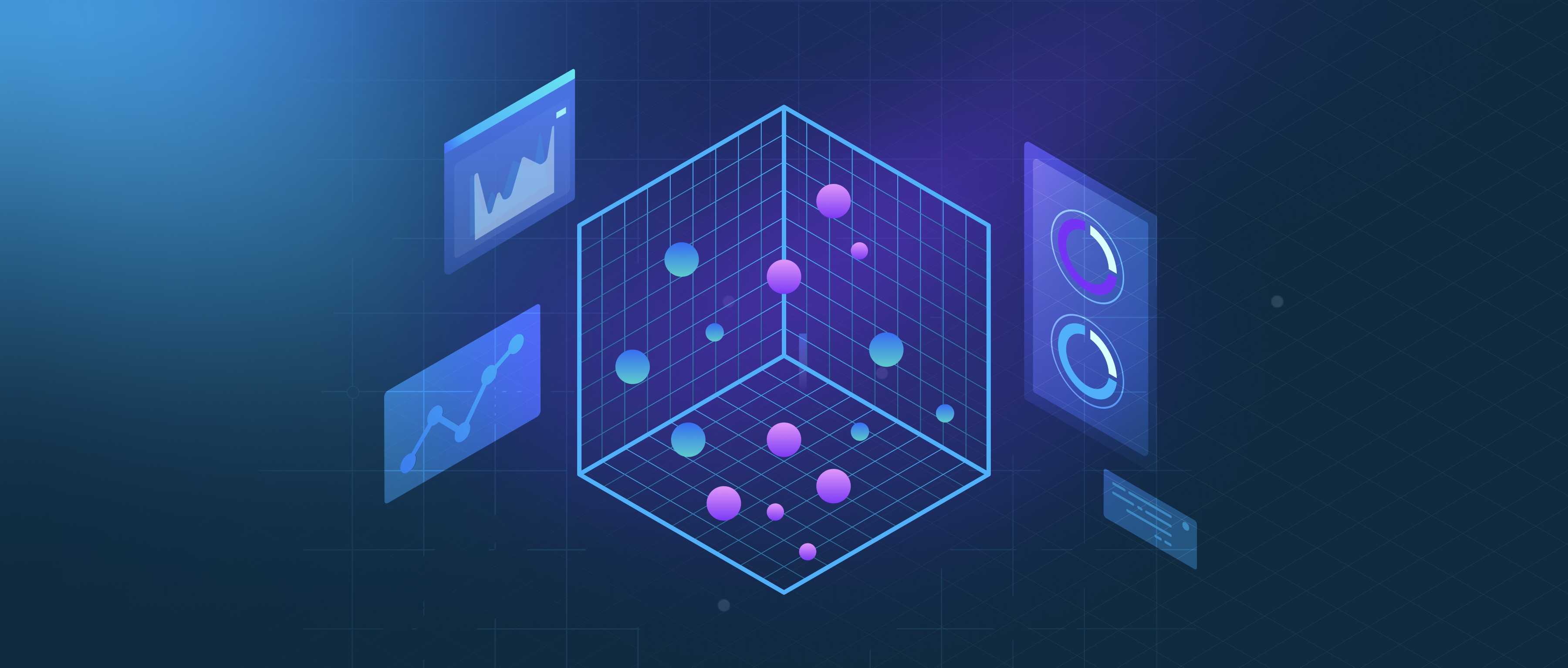Backtesting in time series forecasting is a method used to evaluate the performance of a predictive model by applying it to historical data. The primary goal is to see how well the model would have performed in predicting past events. This process involves splitting historical data into two parts: a training set, used to create the model, and a test set, which is used to assess its predictive ability. By comparing the model's forecasts against actual observed values in the test set, developers can gauge metrics like accuracy, bias, and variability, helping them determine whether the model is robust and reliable.
One common approach to backtesting is the rolling forecast or walk-forward validation method. In this approach, developers continuously test the model by training it on an expanding set of data points and then immediately predicting the next point before moving on to the next one. For instance, if the historical sales data spans several years, a developer might train the model using the first three years of data, make a prediction for the next month, and compare that prediction to the actual result. This process is repeated by advancing the training window, allowing for a more granular performance analysis and helping identify how the model performs during different time periods.
Backtesting not only assesses model accuracy but also helps in fine-tuning the model by adjusting parameters based on its performance against historical data. For example, if a time series forecasting model consistently underpredicts during seasonal spikes, developers can modify model parameters or incorporate additional explanatory variables to improve accuracy. Ultimately, backtesting is a critical step in the model development process, enabling developers to trust their forecasts and make informed decisions based on empirical evidence rather than speculation.
